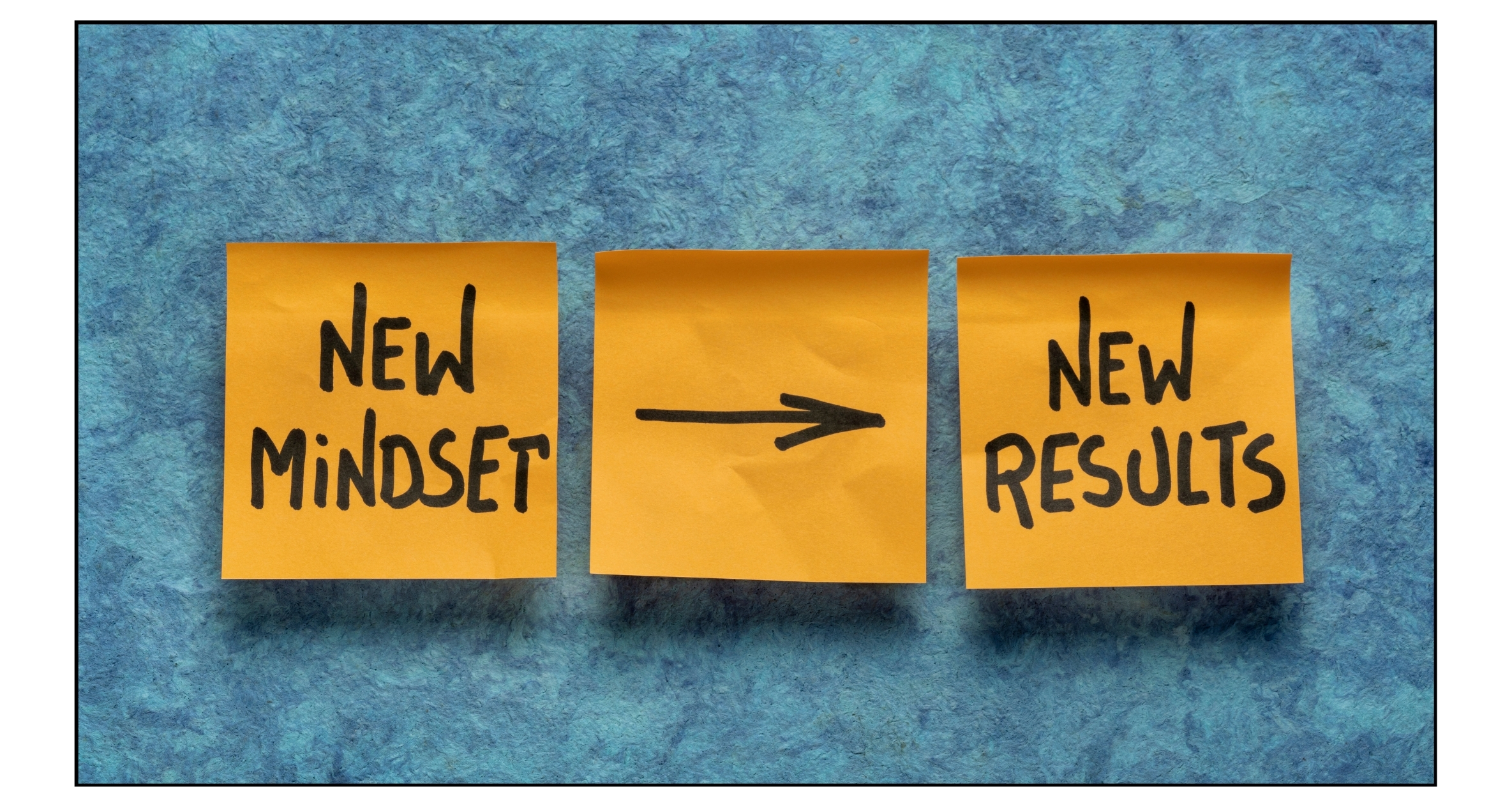In recent years, the global workforce has experienced a seismic shift toward remote work, a trend accelerated by advancements in technology and the unprecedented impact of the COVID-19 pandemic. What began as a temporary adjustment to ensure business continuity has now evolved into a permanent transformation of how we think about work. As companies adapt to this “new normal,” the rise of the remote workforce is reshaping modern work mindsets, altering the way employees view productivity, collaboration, and work-life balance.
The Changing Perception of Productivity
In a traditional office environment, productivity was often measured by visibility — the more hours an employee spent at their desk, the more productive they were perceived to be. However, the remote work boom has fundamentally challenged this mindset. With employees now working from home or other flexible locations, the focus has shifted from “time spent” to “results achieved.”
In this new paradigm, productivity is no longer about clocking in and out but about output and efficiency. Workers have discovered that without the distractions of commuting and constant office interruptions, they can complete tasks faster and with greater focus. Employers, too, are realizing that when given the autonomy to manage their own schedules, employees are not only more productive but also more motivated.
This shift in the perception of productivity has led to the rise of outcome-based work environments, where success is measured by the completion of projects and the quality of work delivered rather than the number of hours logged.
Enhanced Collaboration Through Technology
One of the most significant challenges remote work posed was the question of collaboration. Many believed that effective teamwork and communication could only happen face-to-face. Yet, the rise of video conferencing tools like Zoom, Slack, and Microsoft Teams has shown that technology can bridge the gap between remote teams across the globe.
These tools have not only facilitated communication but also encouraged the development of new collaborative work models. The global workforce is now accustomed to asynchronous communication, where teams can work together seamlessly despite being in different time zones. This has fostered a mindset of flexibility, allowing employees to prioritize tasks based on their schedules and peak productivity times.
Furthermore, the remote work boom has broken down geographic barriers, enabling companies to tap into a more diverse talent pool. The ability to hire from anywhere in the world has encouraged a more inclusive mindset, where skills and expertise matter more than physical proximity.
A Shift Toward work-Life Balance
One of the most profound impacts of the remote workforce boom has been on employees’ work-life balance. In a world where personal and professional lives often blend, remote work offers the flexibility to structure one’s day around personal priorities.
Instead of rigid 9-to-5 schedules, many remote workers now enjoy the freedom to manage their work around family time, hobbies, and self-care. This has created a shift in mindset, where the traditional definition of work-life balance has expanded to include the concept of work-life integration.
By providing the opportunity to create a schedule that suits individual needs, remote work has improved employee well-being, reduced burnout, and fostered a healthier attitude toward work.
Conclusion
The remote workforce boom has done more than just change where we work; it has fundamentally transformed how we think about work. The evolving perceptions of productivity, collaboration, and work-life balance are just a few of the ways in which modern work mindsets are adapting to this new reality.
As more companies embrace remote work as a permanent fixture, the ripple effects on global work culture will continue to shape the future. For employees and employers alike, the key to thriving in this new landscape is a willingness to adapt, innovate, and embrace a mindset that prioritizes results, flexibility, and well-being.




